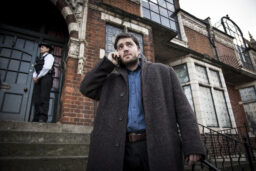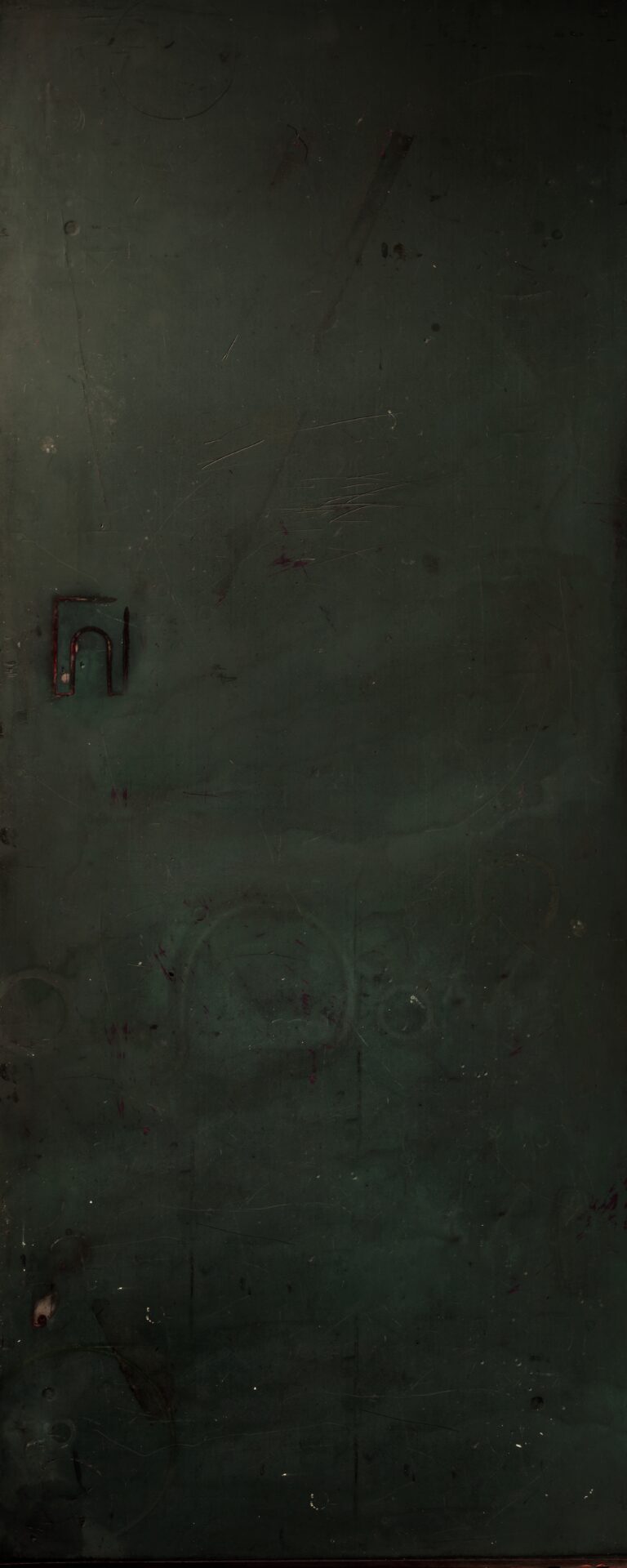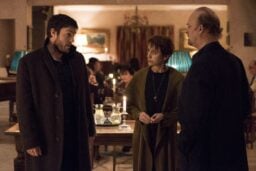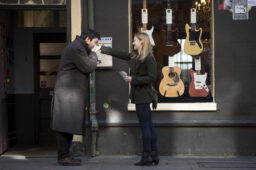Gothic themes in Strike
Robin’s room seemed to have become suddenly much darker. The sun had gone down; in silhouette, the town hall resembled a monstrous Gothic palace.
Robert Galbraith. Troubled Blood
What does the word gothic mean to you? Dracula and Frankenstein and towering edifices dotted with gargoyles? Shadows in the dark and lingering nightmares? Decay and darkness as the year moves to its end, or the thrill of an ancient past and all its secrets? Or teenagers in heavy black eyeliner and long coats casting a cynical commentary on the bright, tight cheerfulness of consumer culture? Perhaps it is all of the above – so how does this manifest in the lives and careers of Cormoran and Robin? Here are some of the top moments when the world of the gothic exhibits itself throughout the Strike stories…
1. The Works of Owen Quine (The Silkworm)
The novels of Owen Quine did not appeal to the reading public, but their strange dreamlike narratives are modern gothic fairytales. Strike finds his second book, The Balzac Brothers, with its ornate and florid style, gothic to the core. Neither Strike nor Robin are enthusiasts for his work, but his books are enough to give Strike nightmares of an eerie gothic cathedral and Charlotte, his troubled ex-fiancée, in a blood red gown.
2. The Houses of Parliament (Lethal White)
A triumph of the gothic revival in Victorian architecture, the Palace of Westminster, home of the UK Government was designed by Charles Parry and Augustus Pugin to replace the original building which burnt down in 1834. Robin, working undercover in the office of Jasper Chiswell, is excited to leave the tourists behind and walk the bewildering miles of corridors, surrounded by stained glass and gothic arches, even if the offices of their client in the Palace are cramped and threadbare. When Robin suffers a panic attack as she walks the labyrinthine maze of the Palace though, the fever dream of the decoration turns nightmarish. The endless green carpets blur, and the ornate beauty becomes oppressive and overwhelming, the busts of former prime ministers look like severed heads, and the intricate architecture seems to mock her.
3. Bobbi Cunliffe (Lethal White)
Robin’s undercover work on the Chiswell case also exposes her to a very different flavour of the gothic as she plays the role of Bobbi Cunliffe. In her black dress and boots, Yorkshire accent deliberately broadened, she works in a shop selling tarot cards and silver jewellery, charms and ceremonial daggers in Camden to get close to her fellow worker, Flick. The anti-establishment aesthetic of the gothic chimes well with social warrior Flick – so well in fact Flick ends up adopting a bit of a Yorkshire accent herself.
4. Jeff Whittaker (Career of Evil)
If Robin is playing at being a young woman flirting with the gothic in a touristy shop, Jeff Whittaker is the real thing. Whittaker was born into a wealthy family to a troubled mother, became obsessed with darkness and cruelty, and was Cormoran’s step-father. Whittaker tormented Strike and his sister Lucy in their youth, finally driving Lucy away, and then, Strike believes, murdering their mother, Leda once he had left to study at Oxford. Strike describes him to Robin, and in doing so tells us something about the dark appeal of the gothic: ‘He claimed he’d been a gravedigger when he was a teenager. He had a thing about corpses.’
5. Bill Talbot’s notebooks / Leamington Spa (Troubled Blood)
The large leather-bound notebook of police detective Bill Talbot is a work of art, the result of a troubled mind, obsessed with astrology, at war with the instincts of a good investigator. Robin struggles to decipher the real, tangible clues that Talbot discovered in his investigation into the disappearance of G.P. Margot Bamborough, from the pages covered in pentagrams and mystical symbols, and as she does she notices the town hall of Leamington Spa outside her room, ‘a spectacularly ugly town hall of red and white brick… over-embellished with scrolls, pediments and lions’, which resembles ‘in silhouette…a monstrous Gothic palace’.
6. Chiswell House (Lethal White)
The home of the troubled Chiswell family might be neo-classical rather than gothic, but the atmosphere in the house certainly evokes the decay of a crumbling castle in a classic tale of the genre. The fabrics are fraying, the chinoiserie lamps are chipped and everything is threadbare and worn. Under one of the only pictures left unsold sprawls the handsome, privileged and tempestuous Raphael Chiswell – with the looks of an Italian aristocrat marking him out among the English upper classes, his charm and temper, he’s a gothic character himself.
7. Psychiatric Hospital (Lethal White)
The psychiatric hospital Cormoran visits in north London looks like the ‘offspring of a gingerbread palace and a gothic prison’, and has ‘Sanatorium’ carved over its entrance. Inside Strike finds a ‘chilly hallway with high, off-white ceilings, churchlike windows and a general suspicion of decay barely kept at bay by the fug of disinfectant.’ Here though, Cormoran finds caring doctors doing their best for their patients, and though the story he hears there is dark, he makes a promise to shed light on the mystery and discover the truth behind the nightmarish vision troubling Billy Knight.
8. Quine’s Death (The Silkworm)
The murder of Owen Quine at the centre of The Silkworm is as gothic as the novelist’s strange and twisted stories. The macabre display Cormoran discovers in his search for the missing author is a culmination and conclusion to Owen Quine’s idiosyncratic and dark oeuvre. It is also a shocking conclusion to Quine’s existence which gives him the fame he craved in life, if not the critical adulation he was so sure he deserved. The late Victorian house in Talgarth Road – richly ornamented on the outside, is a relic of a more confident time with outsized windows overlooking a busy road, but it holds within it, under the bare lightbulbs, a scene of sacrificial slaughter straight out of a nightmare, and worthy of the classic authors of gothic horror Quine echoed in his work.




